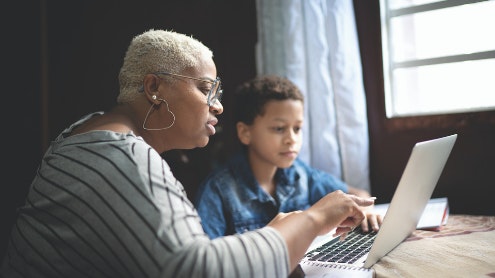Homepage
•
Learning Library
•
Blog
•
The Parent Connection: Bringing Families Along on the Edtech Journey
Expand breadcrumbs
Expand breadcrumbs
- Learning Library
- Blog
- The Parent Connection: Bringing Families Along on the Edtech Journey
- Homepage
- •
- Learning Library
- •
- Blog
- •
- The Parent Connection: Bringing Families Along on the Edtech Journey
The Parent Connection: Bringing Families Along on the Edtech Journey
By Jennifer Snelling
September 30, 2020








